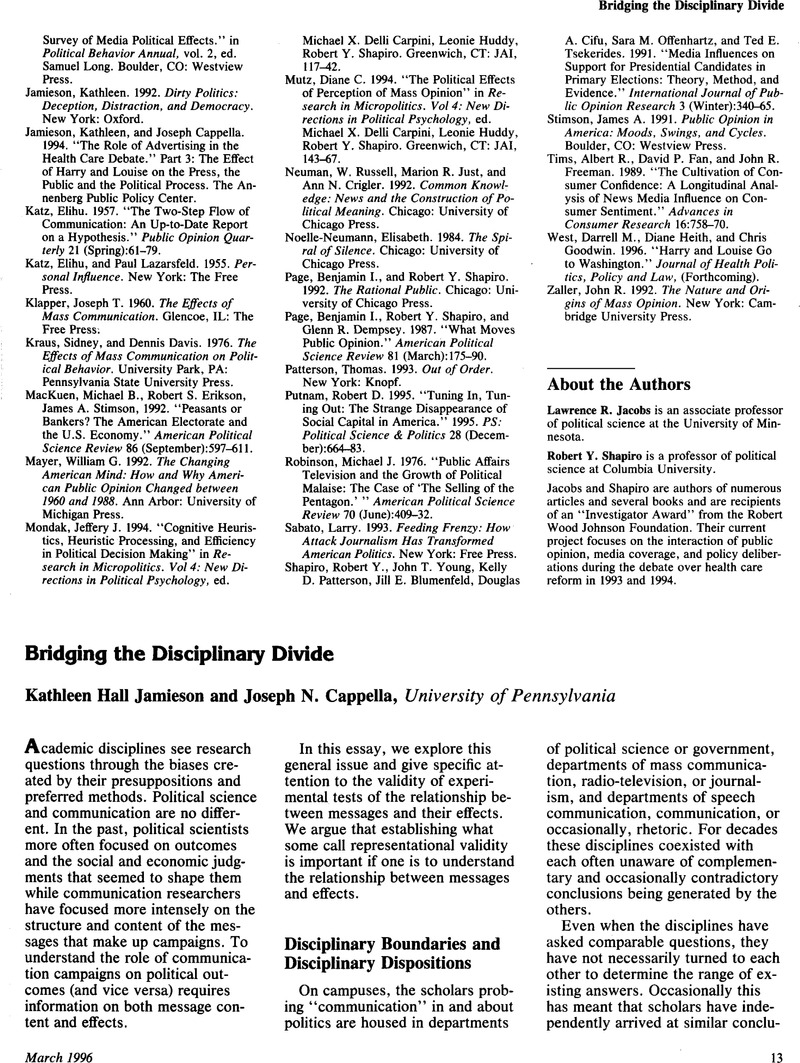Crossref Citations
This article has been cited by the following publications. This list is generated based on data provided by Crossref.
Dou, Wenyu
Wu, Jintao
Yan, Ming
and
Tang, Junyi
2024.
Impact of influencers’ influencing strategy on follower outcomes: evidence from China.
Asia Pacific Business Review,
Vol. 30,
Issue. 5,
p.
956.



